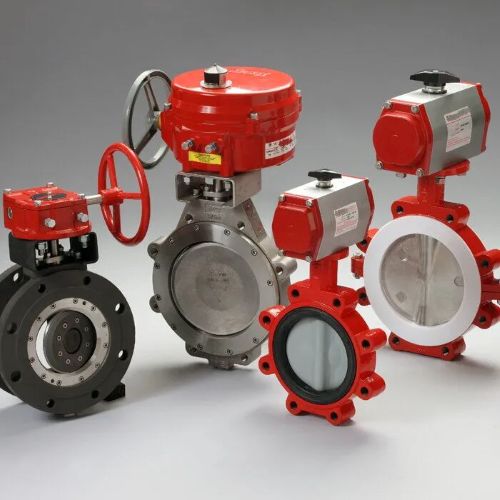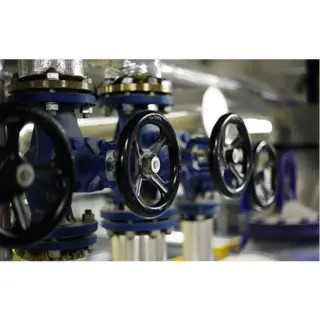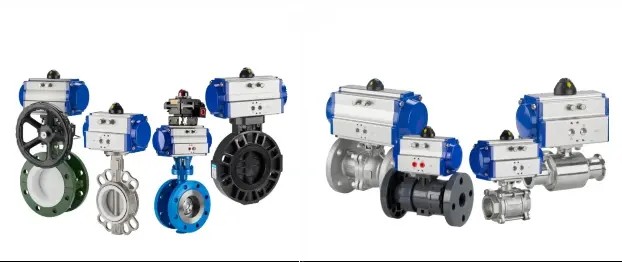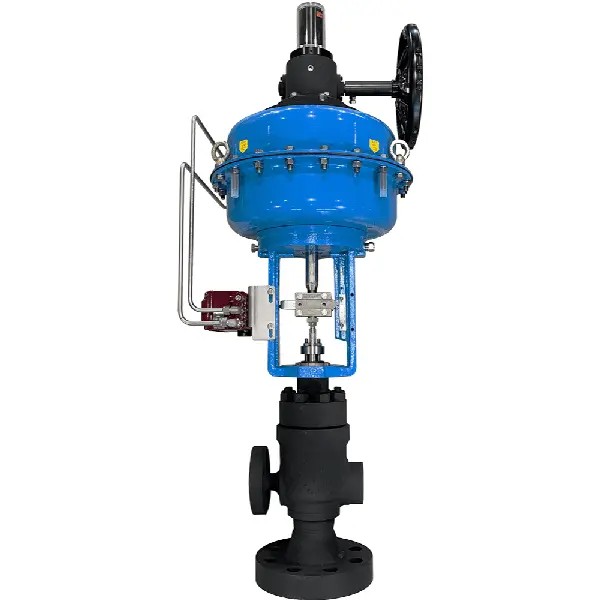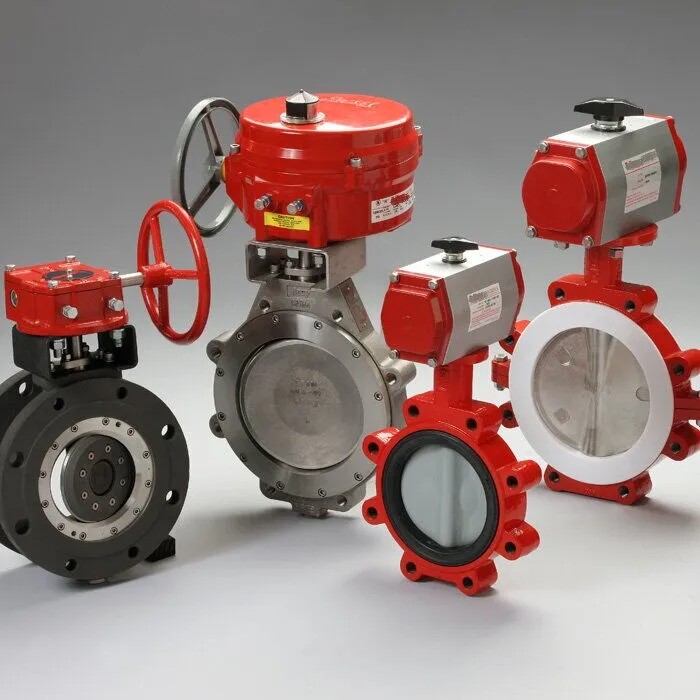Maintenance and Troubleshooting of Butterfly Control Valves
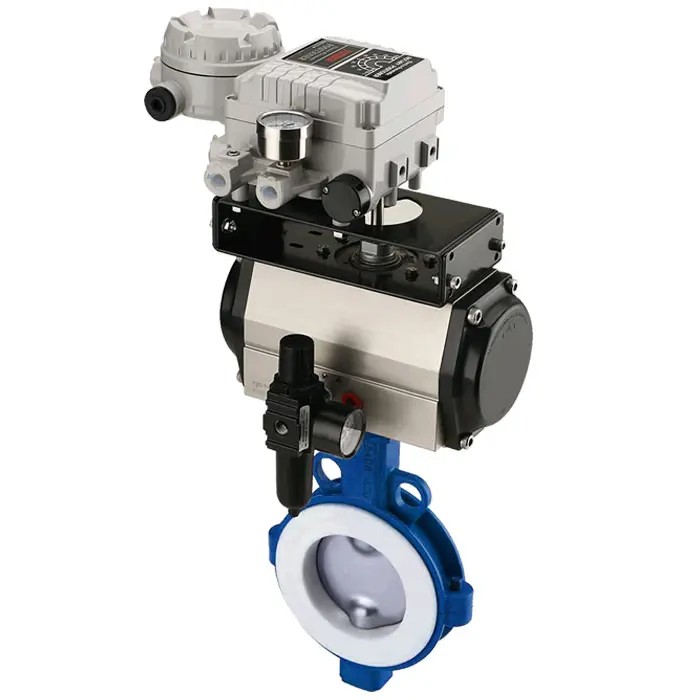
Strong 8k brings an ultra-HD IPTV experience to your living room and your pocket.
Introduction
Butterfly control valves are versatile, quarter-turn valves that regulate fluid flow through a pipeline using a rotating disc. When the valve is turned, the disc—positioned perpendicular to the flow—either opens or closes to manage the movement of fluids. These China Control Valves are widely used in industries such as HVAC, water treatment and distribution, chemical processing, and various other industrial operations due to their low cost, fast actuation, and high flow capacity.
Butterfly valves offer several advantages over other valve types, including a compact design and simplified construction. However, to ensure optimal performance and system reliability, proper maintenance is essential. Neglect or improper servicing can result in inefficiencies or critical system failures.
This article will explore the different types of butterfly control valves, common issues that may arise, and key maintenance and troubleshooting strategies to keep them functioning effectively.
Types of Butterfly Control Valves
Butterfly valves are available in various designs to suit different applications. The three most common types are wafer, lug, and flanged butterfly control valves.
1. Wafer Type Butterfly Valves
Wafer-type valves are compact and lightweight, designed to fit between flanges in a pipeline. They rely on the flange bolts of the pipeline to hold them in place, lacking their own flanges. This makes them an economical choice for installations with limited space.
Typical applications: HVAC systems, water treatment, and distribution networks.
Advantages:
Lightweight and space-saving
Cost-effective
Easy to install and maintain
Disadvantages:
Lower pressure handling
Not suitable for full isolation applications
2. Lug Type Butterfly Valves
Lug-type valves have threaded inserts on both sides of the body, allowing the valve to be bolted directly to each flange. This design permits pipeline disassembly on one side without affecting the other, providing more flexibility during maintenance.
Typical applications: Chemical processing, oil and gas industries.
Advantages:
Allows disconnection from one side of the pipeline
Suitable for medium- to high-pressure applications
Secure and durable design
Disadvantages:
Higher cost than wafer type
Heavier construction
3. Flanged Type Butterfly Valves
Flanged butterfly valves feature integral flanges that bolt directly to the pipeline, offering the most secure and leak-proof connection. They are ideal for high-pressure, high-temperature environments and critical industrial applications.
Typical applications: Power generation, chemical processing, oil and gas.
Advantages:
Excellent pressure and temperature tolerance
Reliable, leak-free performance
Durable and robust for heavy-duty use
Disadvantages:
Highest cost among types
Bulky and heavy design
Maintenance of Butterfly Control Valves
Routine maintenance is key to ensuring long-term performance and preventing unexpected failures. Below are essential practices for keeping butterfly valves in optimal condition:
1. Regular Inspection
Perform periodic visual and operational inspections:
Valve Body: Look for corrosion, cracks, or leakage.
Disc: Check for buildup, deformation, or pitting.
Stem: Ensure secure connection and inspect for wear.
Seat: Look for damage that could compromise sealing.
Actuator: Confirm smooth movement and response.
2. Lubrication
While most butterfly valves do not need internal lubrication, actuators—particularly pneumatic types—require lubricated air for proper operation.
Best practices:
Use manufacturer-approved lubricants
Avoid over-lubrication to prevent contamination
Clean actuator parts as needed
3. Cleaning and Debris Removal
Build-up of contaminants on valve internals can compromise performance. Cleaning helps maintain flow efficiency and sealing integrity.
Tips:
Use appropriate cleaning agents
Avoid abrasive materials
Flush systems periodically to remove particles
4. Packing and Sealing Adjustments
Poor sealing can lead to leaks or pressure loss. Regular adjustments and timely replacement of gaskets and seals are crucial.
Guidelines:
Gradually tighten packing bolts
Replace damaged or aged sealing elements
Use fluid-compatible packing materials
5. Actuator Maintenance
The actuator drives the valve’s movement and requires periodic maintenance for reliable performance.
Check alignment and connection to valve stem
Test responsiveness and calibration
Monitor for wear or electrical/pneumatic faults
Troubleshooting Common Problems
Despite maintenance, issues may occasionally arise. Below are common problems and how to address them:
1. Leakage from the Valve Body or Seat
Cause: Damaged seals or seat
Solution:
Replace seals or valve seat
Retighten flange bolts
Pressure-test after repairs
2. Sticking or Jamming Disc
Cause: Debris, misalignment, or actuator failure
Solution:
Clean valve internals
Check actuator alignment
Inspect and lubricate stem and bearings
3. Inconsistent Flow Control
Cause: Actuator issues or disc misalignment
Solution:
Recalibrate actuator
Inspect disc movement
Check control signal accuracy
4. Excessive Vibration or Noise
Cause: Loose fittings or improper installation
Solution:
Tighten fasteners
Ensure pipeline support
Reinstall per manufacturer guidelines
Conclusion
Butterfly control valves are vital components in many industrial systems thanks to their efficiency, affordability, and versatility. However, their performance and service life depend heavily on regular inspection, maintenance, and prompt resolution of issues.
By implementing proactive maintenance practices—including inspections, cleaning, and actuator care—operators can minimize downtime and avoid costly repairs. When well-maintained, butterfly valves continue to offer reliable, high-capacity flow control, supporting efficient and uninterrupted industrial processes.Know more about Google SEO Directory
Note: IndiBlogHub features both user-submitted and editorial content. We do not verify third-party contributions. Read our Disclaimer and Privacy Policyfor details.



